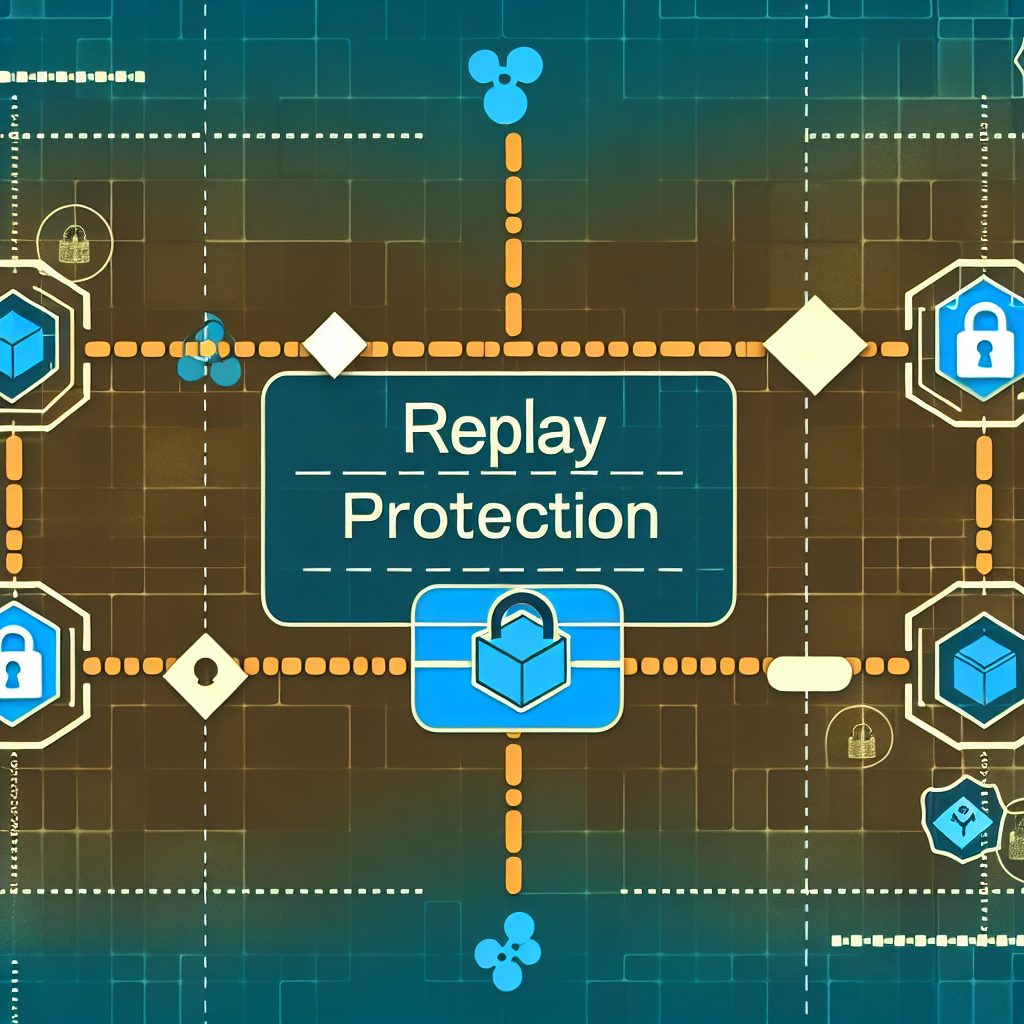Understanding Replay Protection in Cryptocurrency
In the rapidly evolving world of cryptocurrency, security remains a paramount concern for users and developers alike. One of the critical mechanisms designed to enhance security is replay protection. This article delves into what replay protection is, why it is essential, and how it functions within various blockchain ecosystems.
What is Replay Protection?
Replay protection is a security feature implemented in blockchain networks to prevent the unauthorized reuse of transactions across different chains. This issue typically arises during hard forks, where a blockchain splits into two separate chains, each with its own set of rules and protocols. Without replay protection, a transaction valid on one chain could be replayed on another, leading to potential financial losses for users.
How Does Replay Protection Work?
Replay protection works by ensuring that transactions are unique to a specific blockchain. This is achieved through various methods, including:
- Transaction Signatures: Each transaction is signed with a unique key that is specific to the blockchain it originates from.
- Chain ID: Some blockchains incorporate a unique identifier that distinguishes transactions on one chain from those on another.
- Nonce Values: Nonce values are used to ensure that each transaction can only be executed once, preventing duplicates.
The Importance of Replay Protection
Replay protection is crucial for several reasons:
- Security: It protects users from losing funds due to unintended transaction replays.
- Trust: By ensuring that transactions are secure, users can trust the integrity of the blockchain.
- Stability: It helps maintain stability within the cryptocurrency ecosystem by preventing confusion and potential conflicts between different chains.
Real-World Applications of Replay Protection
Replay protection has been implemented in various blockchain networks, each with its unique approach. Here are a few notable examples:
Bitcoin and Bitcoin Cash
When Bitcoin Cash (BCH) forked from Bitcoin (BTC) in 2017, the developers implemented replay protection to prevent transactions from being valid on both chains. This was achieved through the use of a unique chain ID, ensuring that transactions on BCH could not be replayed on BTC.

Ethereum and Ethereum Classic
Similarly, when Ethereum (ETH) split from Ethereum Classic (ETC), replay protection was a significant concern. The Ethereum community adopted a method that involved changing the transaction format, which effectively prevented replay attacks between the two chains.
Litecoin and Litecoin Cash
Litecoin (LTC) also faced similar challenges during its fork to create Litecoin Cash (LCC). The developers of LCC implemented replay protection by modifying the transaction structure, ensuring that transactions on one chain could not be replayed on the other.
Challenges and Limitations of Replay Protection
While replay protection is essential, it is not without its challenges:
- Complexity: Implementing replay protection can complicate the development process, requiring additional coding and testing.
- User Confusion: Users may be confused about which chain to use, especially during a hard fork.
- Potential for Bugs: Any flaws in the replay protection mechanism can lead to vulnerabilities, exposing users to risks.
Future of Replay Protection in Cryptocurrency
The future of replay protection is likely to evolve as blockchain technology advances. Developers are continuously seeking more efficient and secure methods to implement replay protection, ensuring that users remain safe from potential threats. Innovations such as layer-2 solutions and cross-chain interoperability may also influence how replay protection is approached in the coming years.
FAQs About Replay Protection
What happens if a blockchain does not have replay protection?
If a blockchain lacks replay protection, transactions can be replayed across forks, leading to potential financial losses for users who may inadvertently send funds to the wrong chain.
How can users ensure they are protected from replay attacks?
Users can ensure protection by using wallets and exchanges that implement replay protection mechanisms and by being aware of the specific blockchain they are transacting on.
Are all cryptocurrencies vulnerable to replay attacks?
Not all cryptocurrencies are vulnerable to replay attacks, but those that have undergone hard forks without proper replay protection are at risk.
Can replay protection be bypassed?
While replay protection is designed to be robust, vulnerabilities can exist. Developers must continuously update and improve their systems to mitigate potential risks.
Conclusion
Replay protection is a vital component of cryptocurrency security, particularly during hard forks. By preventing unauthorized transaction replays, it safeguards users’ funds and maintains the integrity of blockchain networks. As the cryptocurrency landscape continues to evolve, the methods and technologies surrounding replay protection will also advance, ensuring a more secure environment for all users.
For the latest updates on cryptocurrency news and price tracking, consider visiting Bitrabo. Stay connected with me on social media for more insights: X, Instagram, and Threads.
Disclaimer: The information provided in this article is for educational purposes only and should not be considered financial advice. Always conduct your own research before making investment decisions.
The Crypto Watchlist of the Week 🔎
Subscribe to receive expert-curated projects with real potential—plus trends, risks, and insights that matter. Get handpicked crypto projects, deep analysis & market updates delivered to you.


